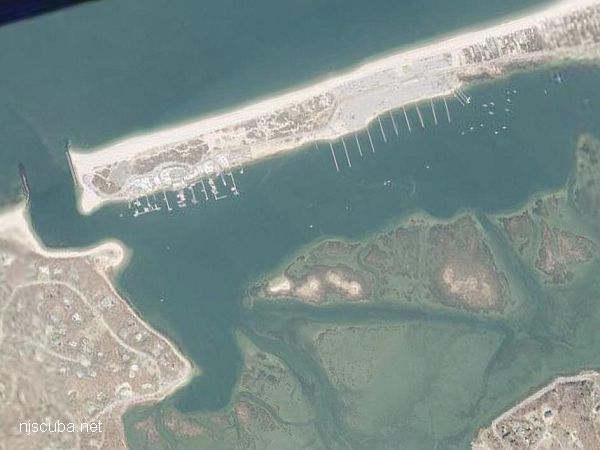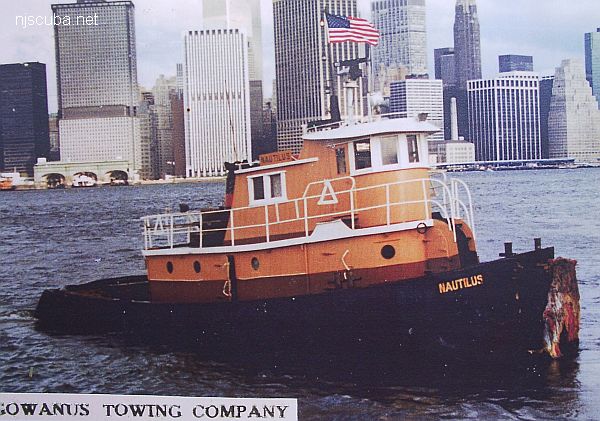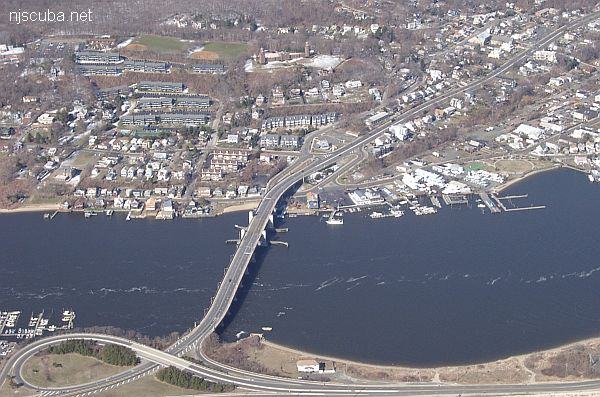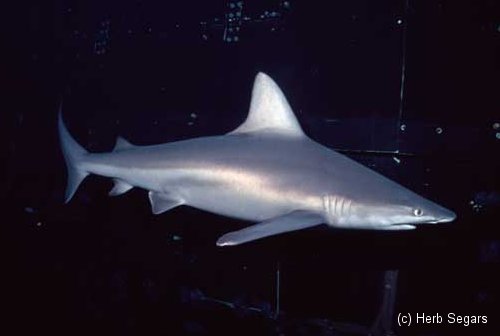Depth: 70 - 75 ft
2.4 nautical miles south of Moriches Inlet
More: Moriches Artificial Reef ...
More: Dive Sites ...
Depth: 70 - 75 ft
2.4 nautical miles south of Moriches Inlet
More: Moriches Artificial Reef ...

Once you get there, suit up at your car and walk down the small stretch of beach till you get near the jetty. Enter the water at your leisure. Once in the water, you can swim north along the jetty to the tip. You may see fish, lobster, crabs and the sort. There are large openings in the rocks that form the jetty. Large enough in fact that you can almost swim into one. I don't advise doing this because getting stuck might be a frightening experience.
More: Mount Sinai Harbor / Jetties ...
Deep and dark, the Mud Hole is the Hudson River's channel from a time when the oceans were much lower. Today it collects all the silt and sediment that the river carries out to the sea, making it a very fertile fishing ground, frequented by pelagic fishes and sharks. The contour shown on the chart is not any particular depth, but do give an idea of the location.
More: Mud Hole ...

More: Nautilus ...

More: Navesink River ...
Probably so-named because it is the next-closest thing to the Pinta at the same depth. So if that wreck turns out to be occupied by another boat, you get a "New Deal". Seldom visited, so should be good for fish and lobsters. A large and relatively intact barge filled with stones. Known by many other names, depending on who you ask.
More: New Deal ...


Volunteer divers at the aquarium assist with food preparation, cleaning and maintaining work area and exhibits, perform dive demonstrations, and assist aquarists when necessary. Volunteer must be a certified diver age 18 years and older with at least 25 logged dives; 5 in the last 2 years and 2 in the last 12 months. Volunteer must be able to commit to 2 eight-hour work shifts per month ( same day every other week. ) Volunteer applications are available at the information desk.
More: New Jersey Aquarium ...